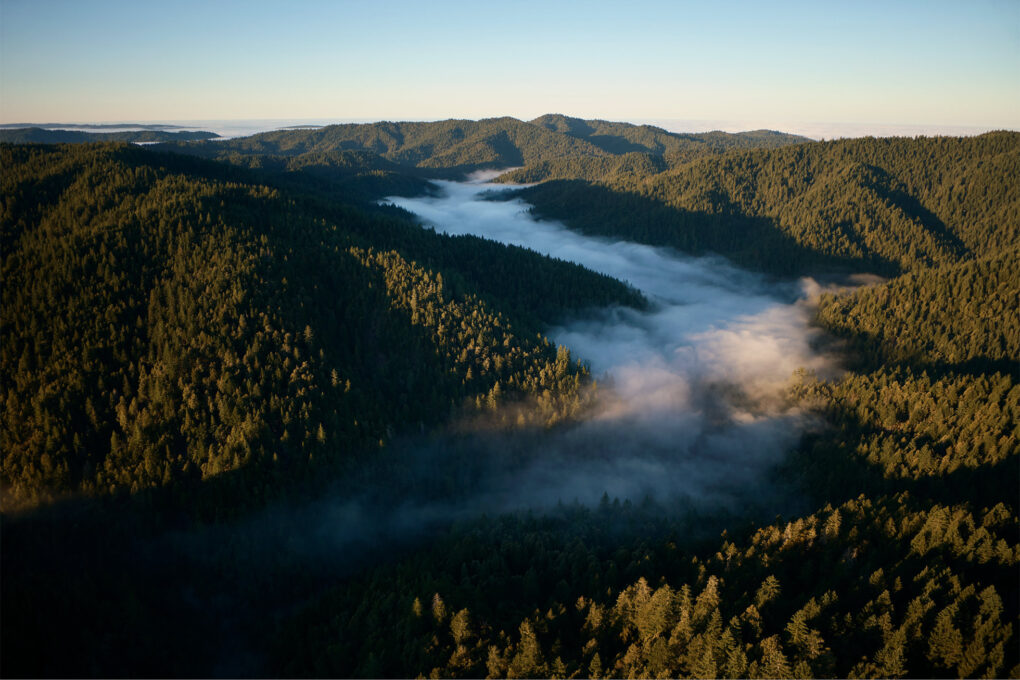Through a major investment, Apple will protect and restore California’s coastal redwood forests, the iPhone giant said Tuesday. To do so, it partners with The Conservation Fund to ensure the long-term sustainability of the iconic trees.
“Forests are one of the most powerful technologies we have for removing carbon from the atmosphere,” said Lisa Jackson, Apple’s vice president of Environment, Policy and Social Initiatives. “Our global investments in nature are leveraging that technology while supporting communities, stimulating local economies and enhancing biodiversity in ecosystems around the world.”
Apple protects redwood forests through major investment
Tuesday’s news comes as the latest expansion of Apple’s Restore Fund. It has invested in 24 conservation and regenerative agriculture projects spanning six continents since its launch in 2021. And this follows a long history of Apple environmental projects, of course. This approach aligns with Apple’s broader strategy of using nature-based solutions to help achieve its ambitious Apple 2030 carbon neutrality goal.
The tech giant’s latest project focuses on the Gualala River Forest in Mendocino County. There Apple will support sustainable forest management while receiving carbon credits from the forest’s natural growth.
Supporting Apple’s carbon neutral commitment

Photo: Apple
Apple’s investment in redwood conservation plays a crucial role in the company’s plan to become carbon neutral across its entire business footprint by 2030. The company has already reduced its global emissions by more than 60% compared to 2015 levels. And it targets a 75% reduction overall.
To balance remaining emissions, Apple relies on high-quality carbon removal projects. It places a particular focus on nature-based solutions due to their scalability and additional environmental benefits.
By 2030, Apple and its suppliers aim to remove 9.6 million metric tons of carbon from the atmosphere annually through various projects worldwide. The redwood forest initiative contributes to this goal while providing additional benefits to local communities and wildlife.
Protecting working forests and communities

The Gualala River Forest represents more than just a carbon removal opportunity. It’s part of a larger coastal redwood ecosystem that supports hundreds of wildlife species and serves as an economic foundation for many Northern California communities. Through the partnership, The Conservation Fund will continue managing the forest sustainably while Apple receives the associated carbon credits.
Larry Selzer, The Conservation Fund’s president and CEO, emphasized the urgency of forest conservation efforts.
“America’s forests are under immense pressure, with 13 million acres at risk of vanishing by 2050,” he said. “Forests are a cornerstone of rural economies, supporting more than 2 million jobs. Our collaboration with Apple is a powerful model for protecting working forests.”
The Conservation Fund has been working to protect California’s redwood region since 2004, safeguarding more than 120,000 acres of forestland. Their approach involves purchasing at-risk forests and other landscapes to prevent degradation while maintaining their economic and ecological functions.
Expanding global conservation efforts

Photo: Apple
The redwood project builds on Apple’s existing conservation partnerships with The Conservation Fund. They have already protected over 36,000 acres of working forest in Maine and North Carolina. The Restore Fund has also expanded beyond its original partnership with Goldman Sachs and Conservation International to include Climate Asset Management and direct investments from Apple in U.S. and Latin American projects. Apple suppliers TSMC and Murata also contributed to the fund.
Beyond forest conservation, Apple announced new grants to advance conservation efforts globally. They include projects with Conservation International to protect critical ecosystems like mangrove forests in India, support for the Jane Goodall Institute’s Roots and Shoots program and collaboration with The Nature Conservancy to improve monitoring tools for natural climate solutions.
Source: Apple


